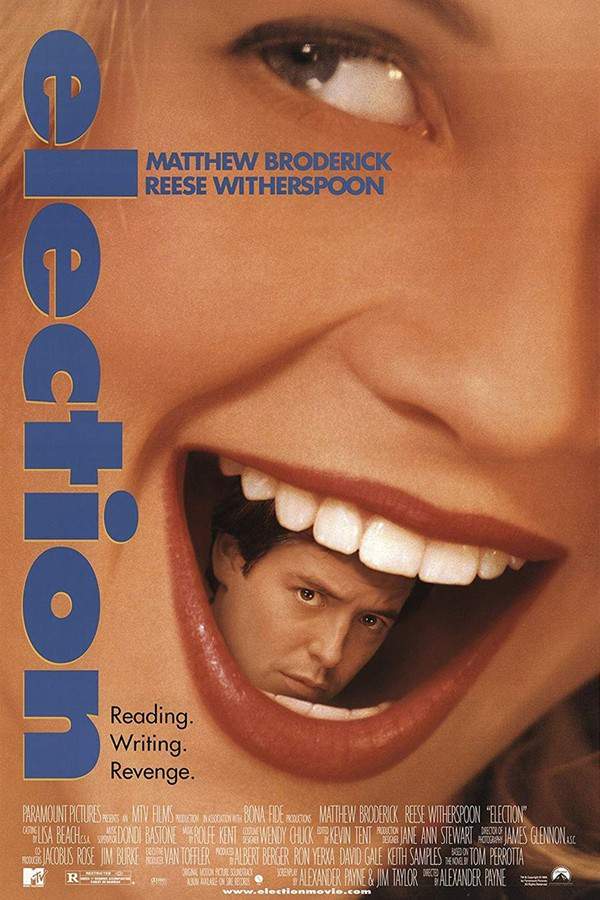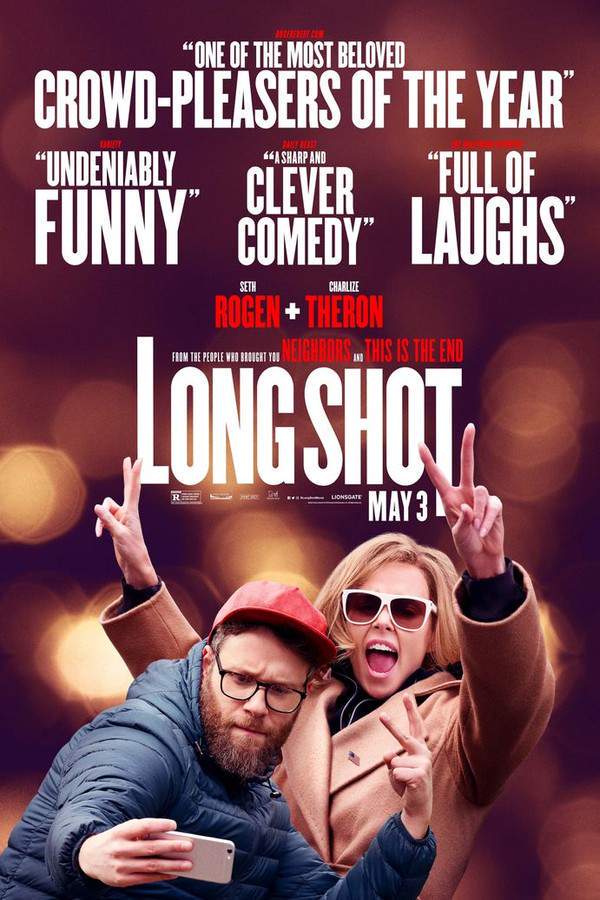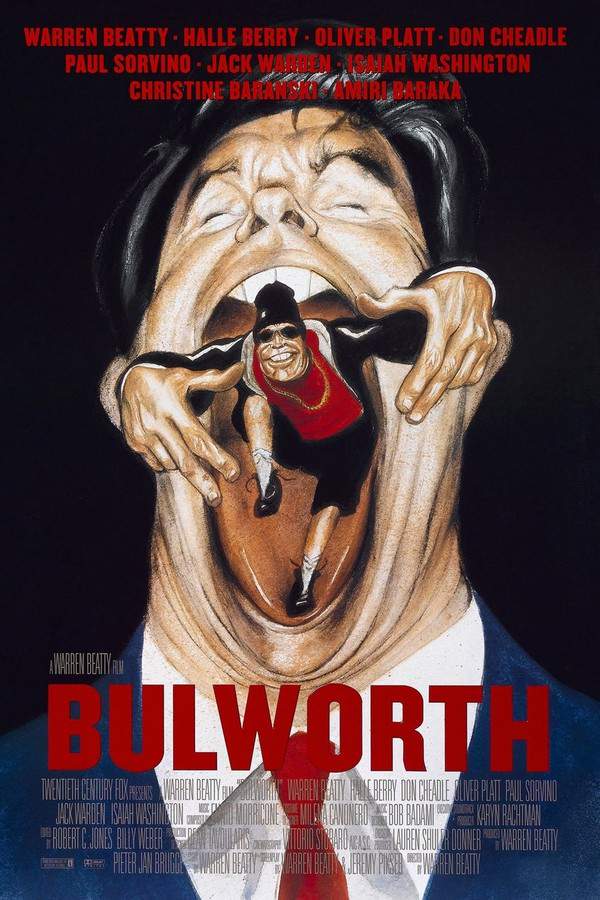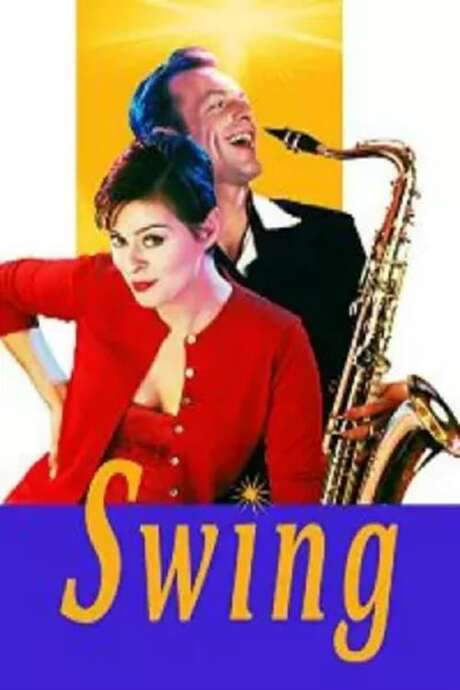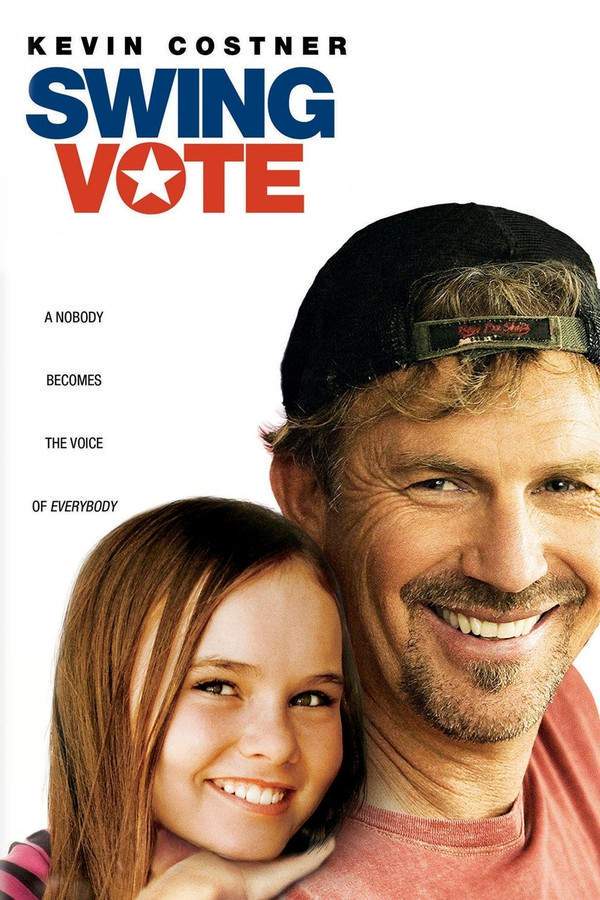
Swing Vote
Year: 2008
Runtime: 120 min
Language: English
Director: Joshua Michael Stern
Budget: $21M
A lovable slacker, Bud Johnson, inadvertently finds himself at the center of a national election when an Election Day mishap involving his young daughter, Molly, puts their small town in the spotlight. With the presidential race too close to call, Bud's single vote becomes incredibly important. He must overcome his apathy and confront a difficult decision that will impact not only his family but the entire country, forcing him to re-evaluate his life and responsibilities.
Warning: spoilers below!
Haven’t seen Swing Vote yet? This summary contains major spoilers. Bookmark the page, watch the movie, and come back for the full breakdown. If you're ready, scroll on and relive the story!
Swing Vote (2008) – Full Plot Summary & Ending Explained
Read the complete plot breakdown of Swing Vote (2008), including all key story events, major twists, and the ending explained in detail. Discover what really happened—and what it all means.
Ernest ‘Bud’ Johnson, Kevin Costner a heavy-drinking, well-meaning but often unreliable slacker, lives in a weathered trailer on the edge of Texico, New Mexico. His life is stacked with a string of small disappointments: his wife Larissa has left him with their young daughter Molly to chase a singing career, leaving Bud to drift between work tardiness and bar stools. Molly, by contrast, is plugged into the world around her—curious, idealistic, and politically engaged—registering herself and Bud as an independent in the presidential race. The film starts with the tension between a father who resents responsibility and a daughter who refuses to abandon her civic duties.
Bud’s promises to Molly prove fragile. He’s fired from his job and, far more often, drawn to the bar, where the lure of alcohol outpaces any pledge to cast a ballot. One night, after a morning where Molly tries to nudge him toward voting, he collapses in his truck and forgets his commitment entirely. Molly, determined to see him participate, decides to vote in his stead, but the voting machine crashes under the strain of the moment, leaving the ballot orphaned inside the device. To avoid trouble, Molly takes the stub and drives Bud home, a small act with outsized political consequences. She hints at a new living arrangement with Larissa, but the answer is a blunt no, foreshadowing the widening rift in Bud’s personal life.
The election itself grows impossibly tense. Neither incumbent Republican Andrew Carington Boone nor Democratic challenger Donald Greenleaf can be declared the winner, as both the popular and electoral tallies hover in a precarious dead heat. New Mexico’s five electoral votes have become the hinge that could tilt the race, but the state’s outcome remains unsettled because Bud’s ballot remains uncast in a technically unresolved way. The stakes tighten into a congressional-like standoff, and Bud is given only ten days to determine his vote, a deadline that could swing the presidency.
Desperate to win him over, Greenleaf’s campaign manager Art Crumb orders a deep dive into Bud’s world—his tastes, his music, his habits—hoping to craft a persuasive appeal. Boone’s team, led by Martin Fox, counters with their own efforts, even sending a familiar face, Richard Petty, to accompany Bud and Molly to a private audience aboard Air Force One for a meeting with President Boone. Just when it seems both camps will bend the truth to fit Bud’s persona, Bud’s attention is snagged by a new signal: a political ad from a beloved figure, a friend of Greenleaf, inviting him to a party; the stunt feels both intimate and calculated, the kind of event designed to shore up a wavering voter.
Into this chessboard steps Kate Madison, a television journalist whose interview with Bud becomes a catalyst for change. Paula Patton brings Kate to life as she tries to capture Bud’s real views, but the interview is misinterpreted by the media, causing the two campaigns to shift positions in ways that look disingenuous to many observers. The day-to-day tactics—paroled bandmates performing again, showy gestures, glitzy televised moments—start to feel hollow to Bud and Molly, who see through the optics to a deeper problem: the public’s hunger for sound bites more than honest answers.
The politicking begins to touch the private lives around Bud. Boone’s wife contemplates leaving him after his own moral compromises to win, while Greenleaf begins to reconcile with his spouse as the polls flip in unexpected directions. Yet the rowdy theater of campaigns cannot erase Bud’s neglect of Molly’s life; a key moment comes when Molly is left feeling abandoned during Bring Your Dad to Work Day at school. She seeks refuge with Larissa, only to face a harsh, drug-addicted reality that frightens her. Bud realizes what happened and returns to his daughter, comforting her as reporters swarm and flashbulbs pop, a moment that marks a turning point in their relationship.
That turning point ripples through Bud’s behavior. He wakes up to the gravity of his situation, stops drinking, and begins to engage with the issues that have shaped his life—gun-shy about politics in the past, suddenly curious about the consequences of his vote. He collaborates with Kate and Molly to sift through the mail from ordinary Americans, inquiries and concerns that reveal what people truly want from their leaders. The pair organize a meaningful public forum—Bud, newly versed in the concerns of everyday citizens, serves as a moderator, fielding questions drawn from the letters, not from party operatives. Through this framed discussion, Bud confronts his own ignorance about politics, as well as the broader realities of life beyond his barstool.
In a bold move that crystallizes the transformation, Bud delivers a written speech that candidly acknowledges his past shortcomings and his newfound commitment to voting for issues that genuinely matter. He confesses regrets about not knowing much about politics—and, more importantly, about not knowing much about life. The next morning, Molly watches the outcome with a hopeful smile as Bud casts his vote in alignment with the values he has finally come to understand. The election story, once hinging on a single act of a shy, impulsive vote, widens into a narrative about responsibility, reconciliation, and the difficult but essential act of choosing the right path.
Throughout, the film threads a simple truth: elections are more than moments of spectacle; they are prolonged decisions shaped by everyday people and the growth they are capable of, even when faced with cynicism and fatigue. The closing arc centers on a father who grows up in front of his daughter, a journalist who unveils the human core behind political narratives, and a candidate who learns that the public’s trust depends less on polished rhetoric and more on honest attention to the issues that affect real lives. In the end, Bud’s vote becomes not just a political action but a personal declaration—the result of a journey from disengagement to responsibility, a journey that Molly witnesses with quiet pride and a hopeful heart.
Last Updated: November 22, 2025 at 15:58
Unlock the Full Story of Swing Vote
Don't stop at just watching — explore Swing Vote in full detail. From the complete plot summary and scene-by-scene timeline to character breakdowns, thematic analysis, and a deep dive into the ending — every page helps you truly understand what Swing Vote is all about. Plus, discover what's next after the movie.
Swing Vote Timeline
Track the full timeline of Swing Vote with every major event arranged chronologically. Perfect for decoding non-linear storytelling, flashbacks, or parallel narratives with a clear scene-by-scene breakdown.

Similar Movies to Swing Vote
Discover movies like Swing Vote that share similar genres, themes, and storytelling elements. Whether you’re drawn to the atmosphere, character arcs, or plot structure, these curated recommendations will help you explore more films you’ll love.
Explore More About Movie Swing Vote
Swing Vote (2008) Scene-by-Scene Movie Timeline
Swing Vote (2008) Movie Characters, Themes & Settings
Swing Vote (2008) Spoiler-Free Summary & Key Flow
Movies Like Swing Vote – Similar Titles You’ll Enjoy
Swingers (1996) Movie Recap & Themes
Irresistible (2020) Ending Explained & Film Insights
The Candidate (1972) Complete Plot Breakdown
Election (1999) Film Overview & Timeline
Long Shot (2019) Movie Recap & Themes
Bulworth (1998) Ending Explained & Film Insights
Swing (2004) Detailed Story Recap
Swing Shift Maisie (1943) Detailed Story Recap
Swing Hostess (1944) Story Summary & Characters
Swing Banditry (1936) Story Summary & Characters
Swing High, Swing Low (1937) Story Summary & Characters
Swing (1999) Full Summary & Key Details
Swing Fever (1943) Movie Recap & Themes
A Swingin’ Summer (1965) Movie Recap & Themes
Swing Your Lady (1938) Story Summary & Characters






